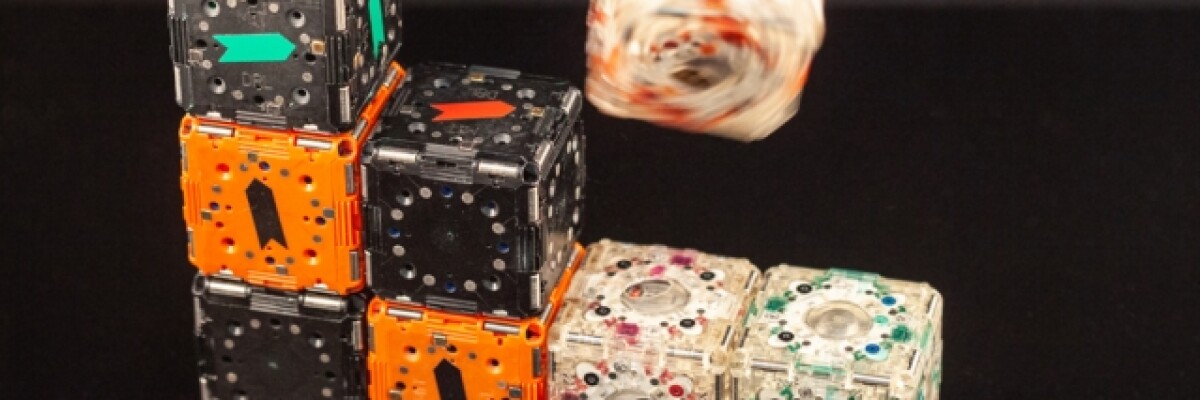The cubes are able to organize themselves into different shapes, recognizing each other by barcodes.
The MIT engineers’ innovation is a set of modular cube robots. The M-Blocks can communicate and organize into different shapes in a coordinated manner.
It took the Computer Science and Artificial Intelligence Lab six years to develop M-Blocks. The result is a set of 16 cubes, each of which interacts with the others by reading a unique barcode printed on the face of its neighbors.
The robotic cubes have already learned how to stand in line, navigate using pointers and following light sources.
The cubes interact with each other by means of magnets built into their body, and the flywheel inside each module provides momentum; it rotates at a speed of 20,000 revolutions per minute.
The absence of any protrusions and the mechanism’s overall simplicity make the design very reliable. Engineers expect the innovation to find practical application. For example, M-Blocks can self-assemble into emergency rescue structures.
Share this with your friends!





Be the first to comment
Please log in to comment